Associate Professor in Physical Education and Sport at Flinders University, Australia
Website: https://www.flinders.edu.au/people/shane.pill
Twitter: @pilly66
Linkedin: https://www.linkedin.com/in/shane-pill-phd-med-bed-lmachper-fachper-53a3b528/
Orcid: https://orcid.org/0000-0003-3970-6724
Blog: http://learningthroughsport.blogspot.com.au/
I started to ‘play with’ game-based coaching in the early 1990’s after coming across Rick Charlesworth’s idea of a Designer Game. I had only one training session early in the week to prepare the first XVIII Football Team before the mid-week Associated and Catholic Colleges and Quit Cup competition matches. I felt the use of game form coaching using designer games that placed technical, tactical and fitness training into the one activity made sense in the context of the challenge that I had of bringing together the school players, who had played club football on the weekend at several different clubs, into a common game plan and understanding of how each other played.
From 1995-1999, the Game Sense coaching approach was frequently featured in articles in Sport Coach, the national coaching magazine provided to coaches accredited with the Australian Coaching Council. In 1999, the Australian Sports Commission released a resource of ‘game sense games’.
A conundrum
Through the ideas of a Designer Game and Game Sense approach, I had viewed a game-based approach as more ‘organic’ than a 6-step or 3-step process. An advantage I had seen with a game-based approach was the ability to differentiate learner experience within a session based on learner readiness. I had not interpreted game-based as ‘game-only’ but in the early 2000’s what I was reading on the Game Sense approach and some other models of practice seem to encourage ‘the game is the teacher’ and game-based as ‘game-only’. For example, the Game Sense approach was narrowed in some explanations and descriptions to game sense games. I now describe that idea of an ‘organic’ game-based approach as non-linear pedagogy.
When I started at Flinders University in 2006, my colleague Russell Brown remarked that what I was doing was not “Game Sense”, it was something else and I needed another name for it. That same year, Jeff Emmel the National Executive Director from the Australian Council for Health, Physical Education and Recreation spoke to me after a workshop I presented. He was looking to publish a new resource. It is thanks to Jeff’s encouragement and support that Play with Purpose was published in 2007. Initially, my intention was to clarify the Game Sense approach as play with purpose, but then I was asked to model my thinking which resulted in the Play with Purpose ‘model’ below.

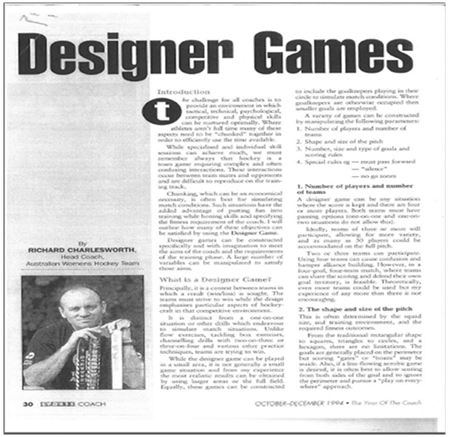
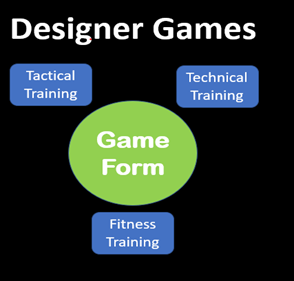
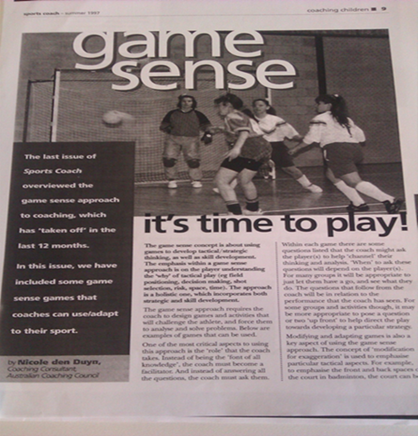
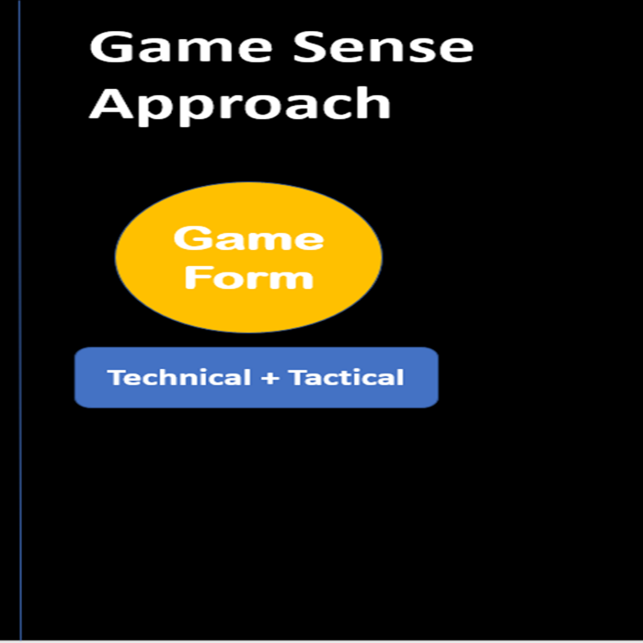
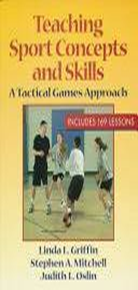
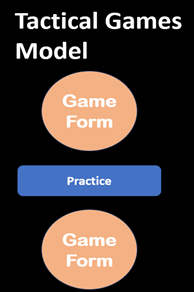
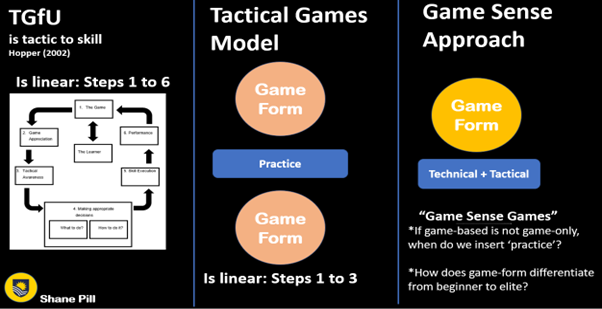
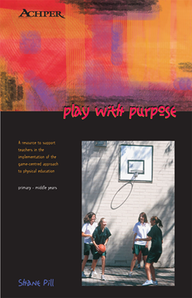
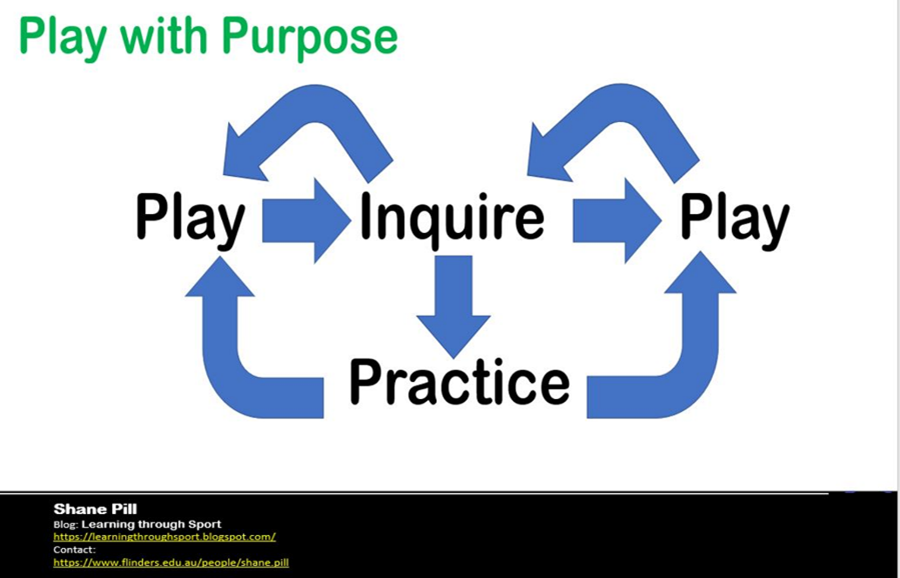
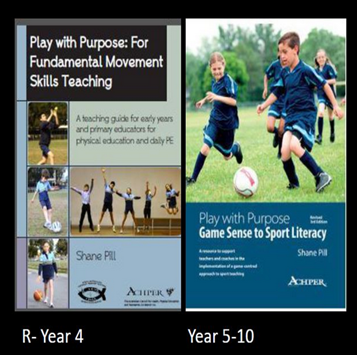
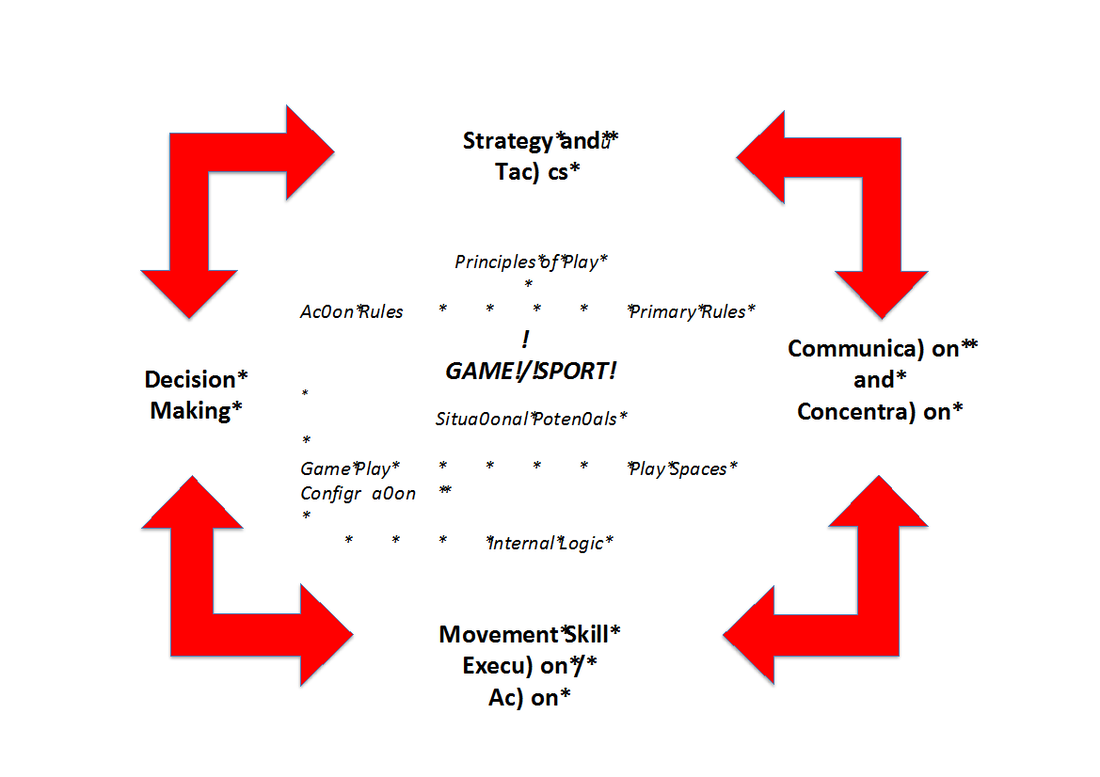
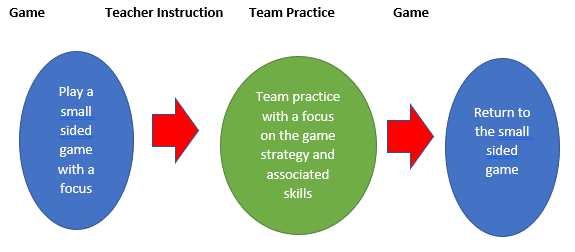
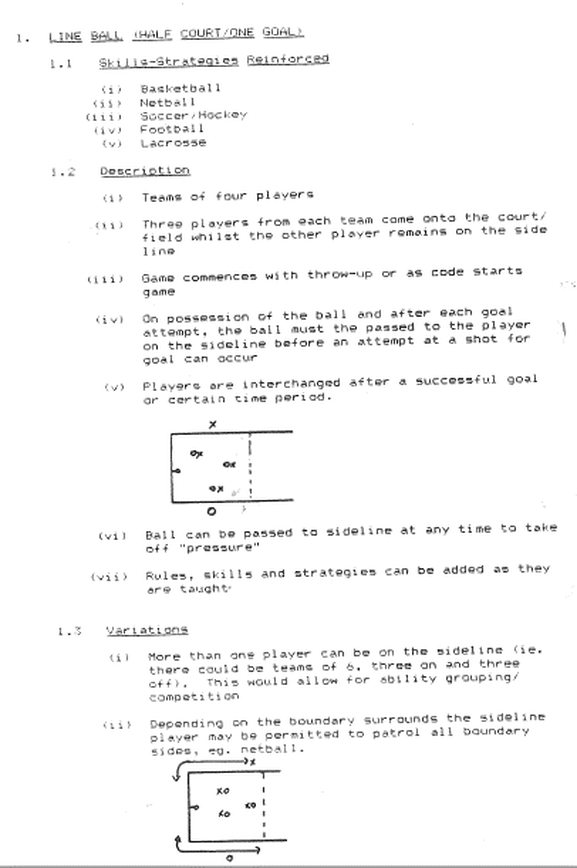
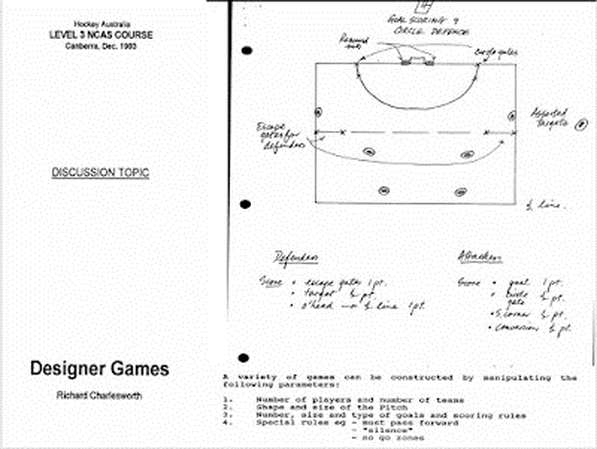
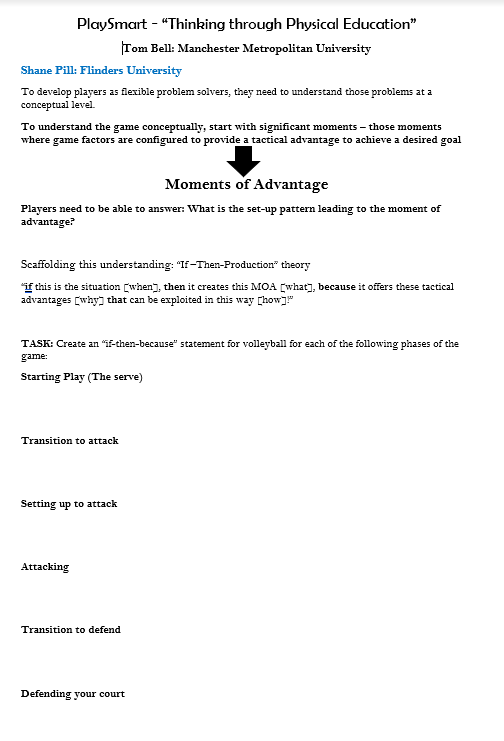
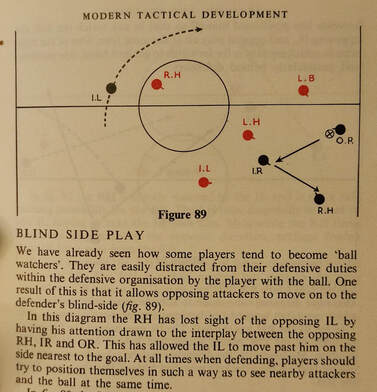
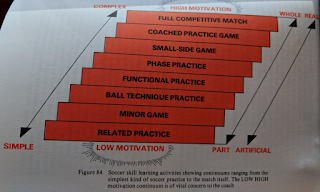

 RSS Feed
RSS Feed
